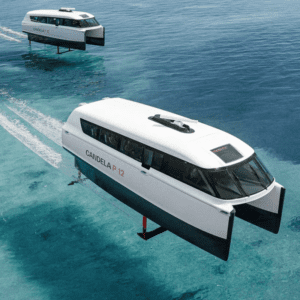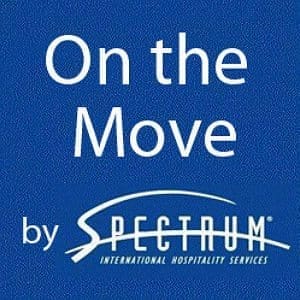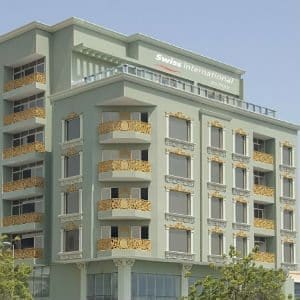As more travelers emphasize personal wellness while on the road, hotels are benefiting from increases in revenues and profits. According to the recently released 2014 edition of Trends® in the Hotel Spa Industry, spa department revenue increased by 4.6 percent in 2013 at the properties that participated in the annual survey of U.S. hotels conducted by PKF Consulting USA, a CBRE company (PKFC). With total spa department expenses increasing by just 2.5 percent, hotel spa department profits posted a very healthy 13.9 percent increase.
“The increase in spa revenues and profits can be partially attributed to national trends affecting behaviors and lifestyle,” said Andrea Foster, vice president and national director of spa and wellness consulting for PKFC. “An increasing percentage of the U.S. population is overweight, facing health issues, or entering their senior years. As a result, there is a shift towards adopting healthier lifestyles at home and maintaining those habits on the road.”
Historically, hotel spas have been perceived as a luxurious amenity, which is why growth in spa revenues lagged other revenue sources during the initial stages of the recovery. However, since 2011, spa department revenues have increased at a greater pace than food and beverage, retail, telecommunications, movie rental and guest laundry. In 2013, while spa revenues were increasing at a 4.6 percent pace, the combined revenues from all other operated departments grew at a rate of 4.4 percent.
“Customers are no longer expecting a spa and wellness experience solely in the spa department. In the future, we expect hotels to start taking advantage of this desire and drive revenue elsewhere in the hotel by creating unique experiences centered around wellness,” said Foster. Examples include specialty spa menus, ‘healthy rooms’, more healthfully outfitted meeting rooms, and unique fitness programs such as hotel bike shares.
Trends® in the Hotel Spa Industry is PKFC’s annual survey of hotel spa departments in the United States. A total of 152 hotels submitted 2013 data for 20 of the most important revenue and expense categories within their spa departments. The report provides hotel spa owners and operators data to benchmark their revenue and expense ratios on a per-available-room, per-occupied-room, per-square-foot, and per-treatment-room basis. Day spas, destination spas, and leased spa operations were not included in the survey sample.
Spa use is expanding
“The stereotypical pampering treatments such as massage, skin care, and salon services still dominate the components of total spa department revenue, however, the revenue sources that increased the most in 2013 tended to be more whole-health oriented. This is further proof of the trend toward wellness on the road.” said Foster.
Additional evidence of the spread of wellness can be found when analyzing the growth in spa revenues among different property types. In 2013, spa department revenue increased to a greater degree at urban hotels (7.7 percent) versus resort properties (3.6 percent). “Urban hotels have the opportunity to increase sales by selling membership access, services and treatments, to neighboring residents, in addition to their guests.” Urban hotel spas generate 55 percent of their spa revenue from locals and members, compared to 45 percent for resort spas.
Massaging more profits
“The service provided by spa personnel is an integral component of the spa experience and not surprisingly, the combined costs of salaries, wages and benefits are the largest expense item,” said Foster.
In 2013, total labor costs equaled 59.6 percent of spa department revenue, or 76.1 percent of total department operating expenses, but those costs increased by just 2.6 percent year over year. “Scheduling spa technicians has always been a challenge for spa directors. However, as treatment volumes increase, it has become easier for managers to bring on personnel for longer shifts and have the confidence that there will be sufficient revenues to cover the labor cost,” said Foster.
On the bottom-line, urban hotels were able to translate their strong growth in revenues into significant gains in profits. In 2013, urban hotel spa managers were able to lower their expenses despite an increase in treatments, customers, and revenue. The net result was a departmental profit gain of 40.1 percent. Resort spas also enjoyed an increase in profits, but to a lesser degree (8.4 percent).
Good feelings
The increase in society’s attention to health and wellness certainly enhances personal well-being and makes hotel owners and operators feel better about the investments they have made in their spa departments. “As we have noted in the past, the payback of an investment in spa services does not come from just the profits generated by the spa department. By offering health and wellness related amenities and services throughout the property, a hotel is able to generate good will among the growing number of travelers in search of these experiences while on the road,” concluded Foster.
To purchase a copy of the 2014 Trends® in the Hotel Spa Industry report, please visit https://store.pkfc.com.












